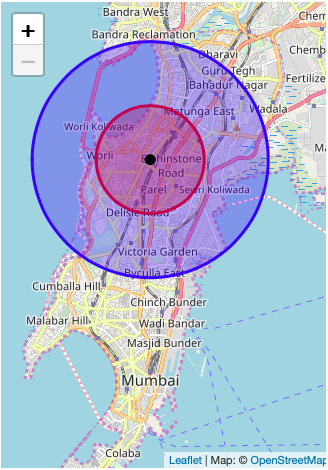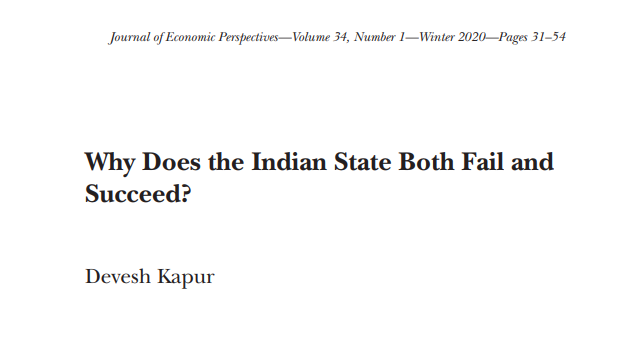We’ve gone through half a billion @Uber data points to give you insights into #Mumbai's horrific #congestion, which leads to gross inefficiencies for employers and employees, #pollution and fuel waste.
Interactive urbanflux.org/mumbai_app/
Paper: bit.ly/37d0wkL
Interactive urbanflux.org/mumbai_app/
Paper: bit.ly/37d0wkL

The ability to move freely and easily is an important factor in determining #cities’ productivity. Firms get access to more workers and workers get access to more firms. @VasantDhar has done great work on this. 

Long commute times erode #productivity and satisfaction. This too constrains the size of the labour market. @easeofliving19
Our study uses #UberMovement data to estimate commute times during peak hours on major routes that connect Mumbai's residential areas to its business districts. 



The average commute on Mumbai’s major routes is longer than an hour, more than double the averages of Singapore, Hong Kong and New York. @mybmc @MumbaiPolice
The highest average commute speeds across business districts are less than 30 km/hr. People working in Lower Parel face low speeds irrespective of the residential area that they’re coming from. 



A 30-minute trip in free-flowing traffic would take around 66 minutes in peak-hour traffic. idfcinstitute.org/blog/2019/june… 

The opportunity cost of congestion can be as high as INR 97 per trip. This is likely to be an underestimate because it assumes an hourly wage of INR 55. Presumably you earn much more. @WRIRossCities @WRICitiesIndia 

High congestion costs fragment the labour market. Those living in the northern suburb of Borivali may end up spending an additional INR 350 per daily commute if they take up a job in midtown Lower Parel. This may dissuade them from the job even though their skills may match it. 

Congestion also has high #environment costs—in what is already one of the world’s most #polluted cities. Our study assigns monetary values to additional carbon dioxide emissions from petrol- and diesel-fueled vehicles. @jscaseddon
A 14km trip between Borivali and Andheri East costs INR 22 in terms of emissions whereas a 27km trip between Marine Drive and Andheri East costs INR 6. It’s about congestion more than distance. 

Our study identifies chokepoints, that is, segments along the city's major routes that have very low travel speeds. It also examines how chokepoints have evolved over time. urbanflux.org/mumbai_app/ 



Eradicating chokepoints is a key step in improving ease of movement. One possible way to achieve this is by conducting pilots of the Intelligent Traffic Management System (ITMS) at these bottlenecks. hindustantimes.com/analysis/the-c…
#Bengaluru is the world’s most congested city, according to @TomTom . Our methodology is replicable using publicly available data to gauge the world’s congestion problems—and ultimately get moving. @WUF_10 

The analysis was conducted by @VasantDhar, @hvpachisia , @VaidehiTandel, @kadambari_shah and @jammastergirish. Special thanks to @CafeEconomics, @plamsonhall, Debapriya Chakraborty and Jacob Kohn.
• • •
Missing some Tweet in this thread? You can try to
force a refresh









